Overwintering Containers
mea2214
18 years ago
Featured Answer
Sort by:Oldest
Comments (19)
username_5
18 years agoRelated Professionals
70037 Landscape Architects & Landscape Designers · Kenmore Landscape Architects & Landscape Designers · River Forest Landscape Architects & Landscape Designers · Jackson Landscape Contractors · Arlington Landscape Contractors · Bridgeport Landscape Contractors · Federal Way Landscape Contractors · Long Branch Landscape Contractors · Pahrump Landscape Contractors · Tamarac Landscape Contractors · Tewksbury Landscape Contractors · North Aurora Landscape Contractors · Attleboro Solar Energy Systems · Indian Creek Window Contractors · Sunrise Window ContractorsOUTofSPITE
18 years agodon_brown
18 years agotapla (mid-Michigan, USDA z5b-6a)
18 years agocovella
18 years agomea2214
18 years agoarol_bc
18 years agobabywatson
18 years agonorthstar
18 years agotapla (mid-Michigan, USDA z5b-6a)
18 years agooctober17
18 years agotapla (mid-Michigan, USDA z5b-6a)
18 years agoplays_in_dirt_dirt
18 years agooctober17
18 years agoaktnyc
18 years agomarie_in_wa
18 years agogardengal48 (PNW Z8/9)
18 years agomarie_in_wa
18 years ago
Related Stories
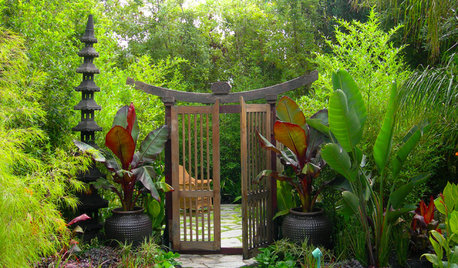
CONTAINER GARDENS10 Ways to Take Containers Beyond the Patio
Enliven your landscape with pots and containers
Full Story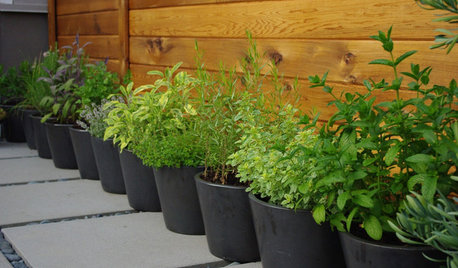
GARDENING GUIDES4 Herb Container Gardens for Fabulous Global Cuisine
Tingle your taste buds with the unbeatable taste of fresh herbs in your Italian, Asian, Mexican or French fare
Full Story
CONTAINER GARDENS3 Steps to Creating Quick, Easy and Colorful Succulent Containers
Take a bright container, add a colorful succulent or two and have a professional, summery design in minutes
Full Story
SPRING GARDENINGHow to Grow a Rose Garden in Pots
Everything can come up roses, even without a plot of soil in sight. This step-by-step guide to growing roses in containers shows you how
Full Story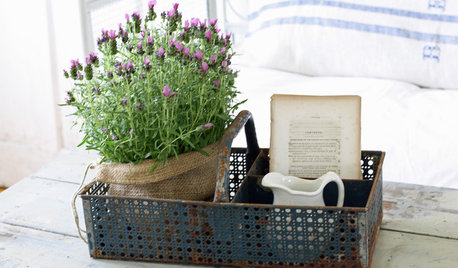
HOUSEPLANTSOutsmart Winter — Make Houseplants of Your Garden Growers
No need to watch Jack Frost play Wreck the Rosemary. Bring your garden inside for the winter, using containers and these guidelines
Full Story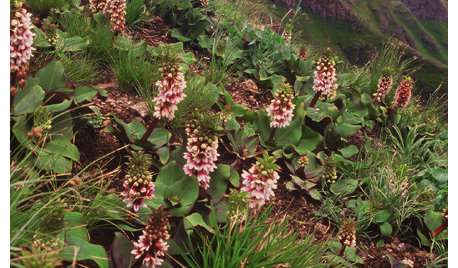
GARDENING GUIDES3 Exotic Flowers From the South African Wild
Add an enticing note to a garden border or patio container with these sophisticated and memorable African plants
Full Story
GARDENING GUIDESNo-Regret Plants: 5 Questions Smart Shoppers Ask
Quit wasting money and time at the garden center. This checklist will ensure that the plants you're eyeing will stick around in your yard
Full Story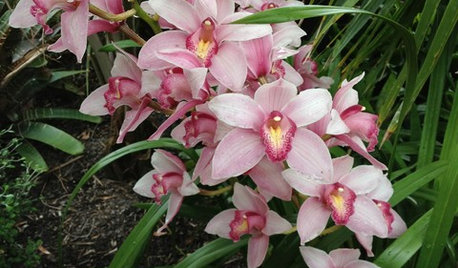
FLOWERSOrchids 101: Cymbidiums Add Beauty Indoors and Out
Their large, long-lasting flowers give them a place of honor in homes and gardens
Full Story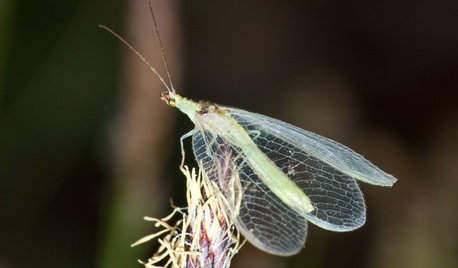
GARDENING GUIDESLook Out for Lacewings: Beneficial Insects Coming to a Garden Near You
Lacewings are delicate insects that produce alligator-like, hungry offspring that devour aphids and other garden pests
Full Story
WINTER GARDENINGExtend Your Growing Season With a Cold Frame in the Garden
If the sun's shining, it might be time to sow seeds under glass to transplant or harvest
Full StoryMore Discussions







tapla (mid-Michigan, USDA z5b-6a)